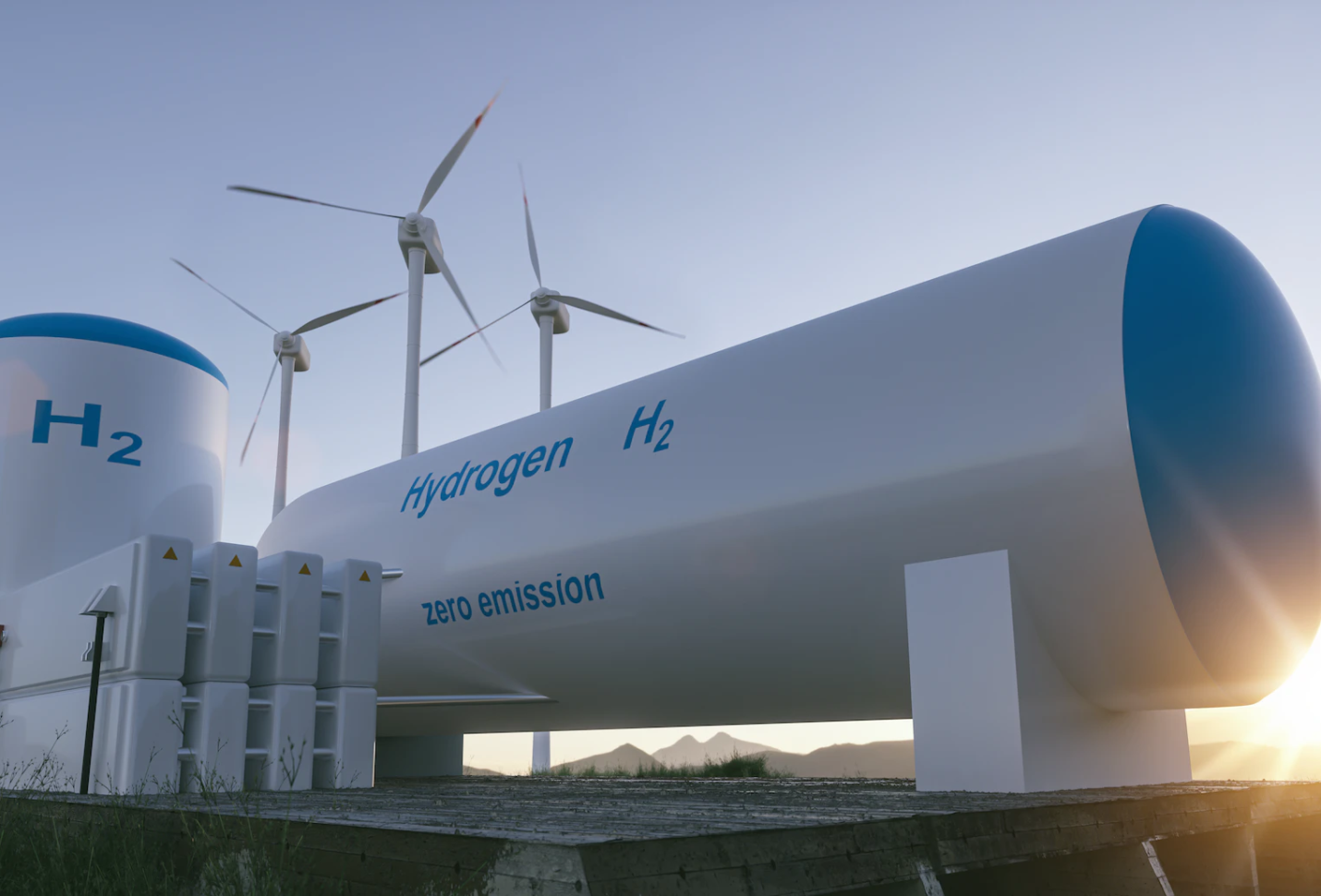
C3S: July 22 hottest day in recent history
July 22 was the hottest day on earth in recent history, according to the Copernicus ...

Egypt stands in top position in terms of green hydrogen-producing countries in Africa with 21 projects in the pipeline, according to Rystad Energy research.
Egypt’s unique geographical location at the crossroads of Africa, Europe and Asia, as well as its control of the Suez Canal, places the country in a strategic position to become a global green energy hub.
Norway has taken a different approach by providing $8 million of funding to Scatec, a Norwegian renewable company, to develop green hydrogen projects in Egypt.
Scatec struck an agreement with the Egyptian government for the development of a green ammonia facility producing up to 3 million tons per annum (tpa), which will be mainly exported to European and Asian markets.
Another project looking for an export market in Europe is the Masdar Ain-Sokhna project, which will be developed by Masdar and Hassan Allam Holding Group using a 4 GW electrolyzer plant at SCZONE (Suez Canal Economic Zone), producing 2.3 million tpa of ammonia. Similarly, Globeleq announced it will develop a 3.6-GW electrolyzer project at SCZONE, producing ammonia for export to Europe and Asia. Other major green hydrogen projects are the ACME green ammonia project (400,000 tpa), the Fortescue-Egypt-gH2 project (300,000 tpa), and the SCZONE-ReNew Power project (200,000 tpa).
Green hydrogen projects in Africa:
According to Rystad Energy research, there are a total of 52 green hydrogen projects announced in Africa. The production curve shows a sharp increase after 2025 when these projects start ramping up production and reach 7.2 million tons by the end of 2035. Most of the announced projects will be producing ammonia as an end-product for export to Europe.
Africa’s total announced electrolyzer pipeline capacity has reached 114 gigawatts (GW), with 61% of this tied to countries in Sub-Saharan Africa, according to Rystad Energy analysis. This African region has an announced electrolyzer pipeline of about 70GW, with Mauritania covering 50% of the total, followed by South Africa and Namibia. Sub-Saharan Africa holds a highly strategic position for the development of a successful green hydrogen economy as South Africa sits on about 90% of the world’s global platinum group metals reserves – critical for the production of polymer electrolyte membrane (PEM) electrolyzers.
The major impediment to building these mega projects and associated infrastructure will be investment. According to Rystad Energy research, just 13 megawatts (MW) of the planned 114 GW has reached a final investment decision to date. The continent’s access to land, low labor costs and renewable power potential has been attracting attention from further afield, with Germany signing offtake deals with Namibia and South Africa. Norway has taken a different approach by providing $8 million of funding to Scatec, a Norwegian renewable company, to develop green hydrogen projects in Egypt.
These initial moves are set to accelerate as Europe struggles with an ongoing energy crisis and seeks new partners. Part of the recently released European Union Green Industrial Plan seeks to promote renewable energy and green hydrogen projects across Africa, with an eye on establishing sustainable investment facilitation agreements to attract and expand regional investments. Germany alone intends to import 50% to 70% of its hydrogen to feed its domestic demand by 2030, with much being sourced from Africa. With plans to construct 17 GW to 21 GW of hydrogen-ready gas-fired power plants by 2030, Germany’s commitment to the green hydrogen economy is substantial. To facilitate imports, Germany recently launched a €900 million ($957 million) auction scheme called H2Global, securing purchase guarantees for hydrogen producers outside of Europe exclusively.
According to Rystad Energy analysis, African states are currently in the best position to supply green hydrogen in the quantities Europe requires.
“The global green hydrogen economy is beginning to take shape, with Africa and Europe becoming a dynamo of production and use. Africa’s unparalleled mineral reserves are critical for electrolyzer production and the region’s fantastic renewable potential combined with Europe’s prodigious production and import targets will not just alter energy flows, they will create them anew,” said Rajeev Pandey, clean tech analyst at Rystad Energy.
July 22 was the hottest day on earth in recent history, according to the Copernicus ...
Google has engaged in partnership with DHL to utilize the DHL Express GoGreen Plus service ...
Mars has announced registering a record 8% greenhouse gas (GHG) emissions reduction against its 2015 ...


اترك تعليقا